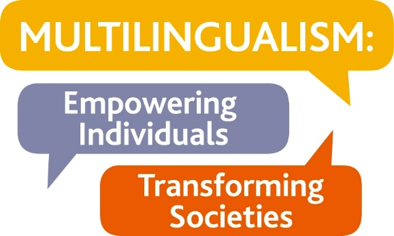
L2 Chinese Linguistics Seminar
Subjects are obligatorily overt in English, whereas not only covert subjects but also covert objects are allowed in Chinese. It has recently been argued that the gaps in the subject and object position in an affirmative reply to a Chinese yes-no question should be viewed as the result of movement and TP ellipsis under a verbal identity condition (Simpson, 2014). To affirmatively answer a Chinese yes-no question when the verb in the yes-no question and answer are identical, both the subject and object in the answer can be covert (see example 1 B1); Its counterpart in English is ungrammatical (see example 2). However, when the verb in the answer is not identical to the verb in the question but is synonymous with it, neither the subject nor the object can be covert (see example 1 B2) (see “the verbal identity condition”, Holmberg, 2015). This study investigates whether English native speakers who learn Chinese as their second language (L2) show developmental progress in their L2 Chinese covert subjects and objects.
A cross-modal self-paced reading task (SRT) and an acceptability judgement task (AJT) were used. The results of AJT showed that all participant groups rated covert arguments under the verbal identity condition (like example 1 B1) as being significantly more natural than those under the non-verbal identity condition (like example 1 B2). The results of SPT showed that beginners were not sensitive to errors related to the violation of the verbal identity condition either at the critical regions or at the following regions. However, intermediate learners, advanced learners and Chinese native speakers were sensitive to them and the sensitivity to the violation spilled over to the following two regions. The differences found in beginners ' performance in the on-line and off-line tasks suggest that derivations, such as movement and ellipsis, are not accessible in L2 online processing until intermediate or advanced levels. This finding can be accounted for with the declarative/procedural model (Ullman, 2006).
References
Holmberg, A. (2015). The syntax of yes and no. Oxford University Press.
Simpson. A. (2014). Verbal answers to yes/no question, focus and ellipsis. Chinese Syntax in a Cross-Linguistic Perspective, 299-333.
Ullman, M. T. (2006). The declarative/procedural model and the shallow structure hypothesis. Applied Psycholinguistics, 27(1), 97-105.
Examples
(1) A: Ni du baozhi le-ma?
you read newspaper Particle [+Q]
‘Did you read the newspaper?’
B1: Φ du Φ le.
read Particle
B2: * Φ kan Φ le.
read Particle
‘Yes, I did.”
(2) A: Did you read the newspaper?
B: *Read.
(Intended meaning: Yes, I did.)
| Contact |
|---|
| Professor Boping Yuan: by10001@cam.ac.uk |
